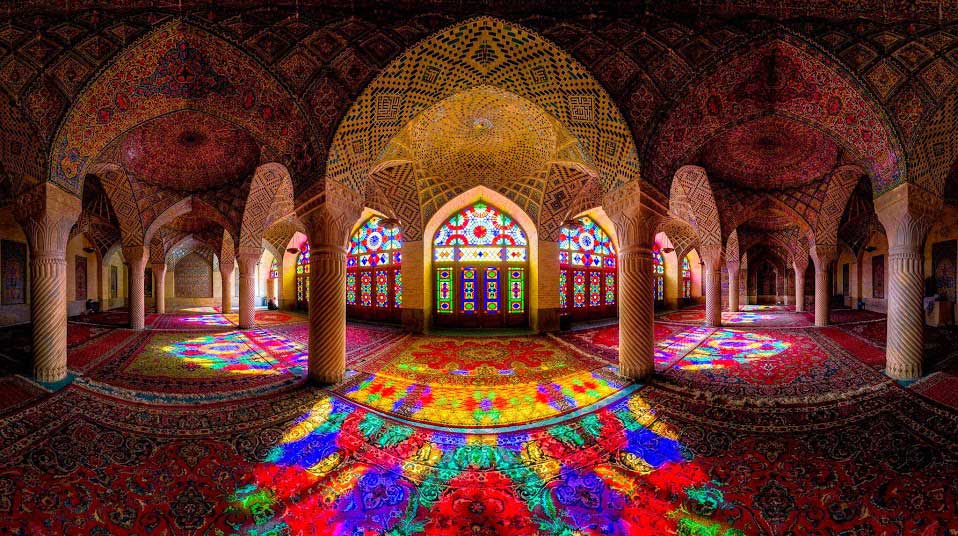Shiraz, Iran travel tips
Category
Categories
Popular Articles

**Overview of the Destination**
Welcome to Shiraz, Iran, a city filled with poetry, flowers, and culture. Shiraz is one of the oldest cities in ancient Persia and is known for its comprehensive history, mesmerizing gardens, incredible architecture, friendly people, and rich vineyard tradition (although wine is not available nowadays due to the country’s alcohol ban). Famed for the poets Hafez and Saadi whose mausoleums are located here, gorgeous mosques, and the historical site of Persepolis, Shiraz offers a spectrum of attractions to enthrall any lover of history or culture.
**Best Time to Visit**
The peak season for traveling to Shiraz is during spring (March to May) when the city’s many gardens are in full bloom and the weather is comfortably warm. The off-peak season, particularly in the winter months (December to February), sees fewer tourists and lower rates on accommodations. Though it can get chilly, you’ll have the city’s treasures practically to yourself. The Shiraz Art Festival takes place in April-May and it is an excellent opportunity to experience Iranian culture and arts.
**Climate & What to Pack**
Generally, Shiraz has a hot desert climate with very hot summers and cool winters. However, the city’s high altitude makes summer nights pleasant and winters quite cold. For clothing, it’s suggested to bring breathable fabrics for the hot summer months, along with a hat and sunscreen. In winter, bring warm clothing including coats and scarves. Understand that as per the local dress code, both women and men need to dress modestly covering arms and legs, while women are also required to wear a headscarf.
**Getting There**
The nearest airport to Shiraz is Shiraz International Airport, which has flights from major Middle Eastern hubs and several European cities. From the airport, taxis are readily available to take you to your destination in the city center. Alternatively, there are also options for car rentals. All visitors require a visa to enter Iran, except citizens of several neighboring countries. It’s advisable to apply for your visa well in advance of your travel dates.
**Getting Around Locally**
Public buses and taxis are available for getting around Shiraz. Both are relatively cheap, although taxis can be faster. You could also rent a car or a motorcycle. The city’s historical center is easily walkable and most major attractions are within walking distance of each other. Be aware that English is not commonly spoken, so using a translation app can be helpful.
**Safety Tips**
Shiraz is considered one of the safer cities in Iran. However, as with any city, it’s advisable to take standard safety precautions. Be aware of your surroundings and avoid carrying large amounts of cash. It’s also important to respect local customs and traditions. To avoid unintentional offense, women should wear the required headscarf and also cover their arms and legs.
**Top Things to Do & See**
Shiraz is filled with historical and cultural attractions. Be sure to visit the Eram Garden, a UNESCO World Heritage Site, and wander the famous Vakil Bazaar. Other essential sights include the Nasir al-Mulk Mosque, Persepolis, and the tombs of poets Hafez and Saadi. If you’re interested in handcrafted products, be sure to explore the local artisans’ work including carpets, pottery, and silverware.
**Where to Stay**
Shiraz has accommodation options for every budget. For a luxury experience, check out the Shiraz Hotel or the Chamran Grand Hotel which offer stunning views of the city. Mid-range options like Elysee Hotel offer great value. Meanwhile, budget travelers can choose Niayesh Boutique Hotel or Seven Hostel. The city center is a great location to stay as it provides easy access to most attractions.
**Food & Local Cuisine**
Shiraz’s food scene is a delectable adventure. You absolutely must try Shirazi Salad, made from cucumbers, tomatoes, onions, and a twist of lemon. Another local specialty is Faloodeh, a refreshing rosewater and lime dessert. Kalam Polo, a rice dish with cabbage and meatballs, is also a must-try. For dining, traditional tea houses, street food vendors in the Bazaar, and countless restaurants provide ample opportunity to sample local flavors.
**Cultural & Practical Tips**
The official language is Persian, but English is taught in schools and understood by many, especially the younger generation. The currency is Iranian Rial, and keep in mind, international credit and debit cards don’t work in Iran due to sanctions. So, you’ll need to carry enough cash. The power plugs are type C and F, and the standard voltage is 220 V (so you may need an adapter). Tipping is customary in Iran, usually around 10%.
**Sustainable or Responsible Travel Tips**
As a visitor, you should aim to respect local customs and traditions as much as possible. Try to learn a few words in Persian, support local businesses by buying local products, and avoid wasteful behaviors. Despite the warm weather, water is precious in Iran, try to minimize your usage.
**Personal Insight**
Lastly, take the time to unwind in one of Shiraz’s many beautiful gardens. This city is a culture-rich haven where the past meets the present seamlessly. The true charm of Shiraz lies in its warm people, whose hospitality often leaves visitors feeling more like friends than strangers. Be prepared to be invited to share a meal or a chat over a cup of tea! Enjoy your trip to this unique and wonderful destination.










